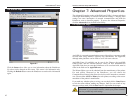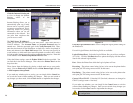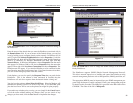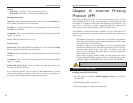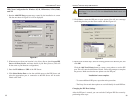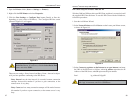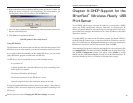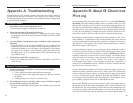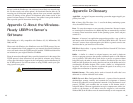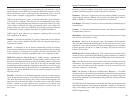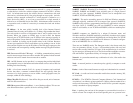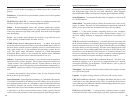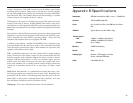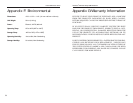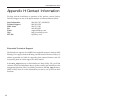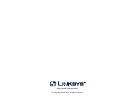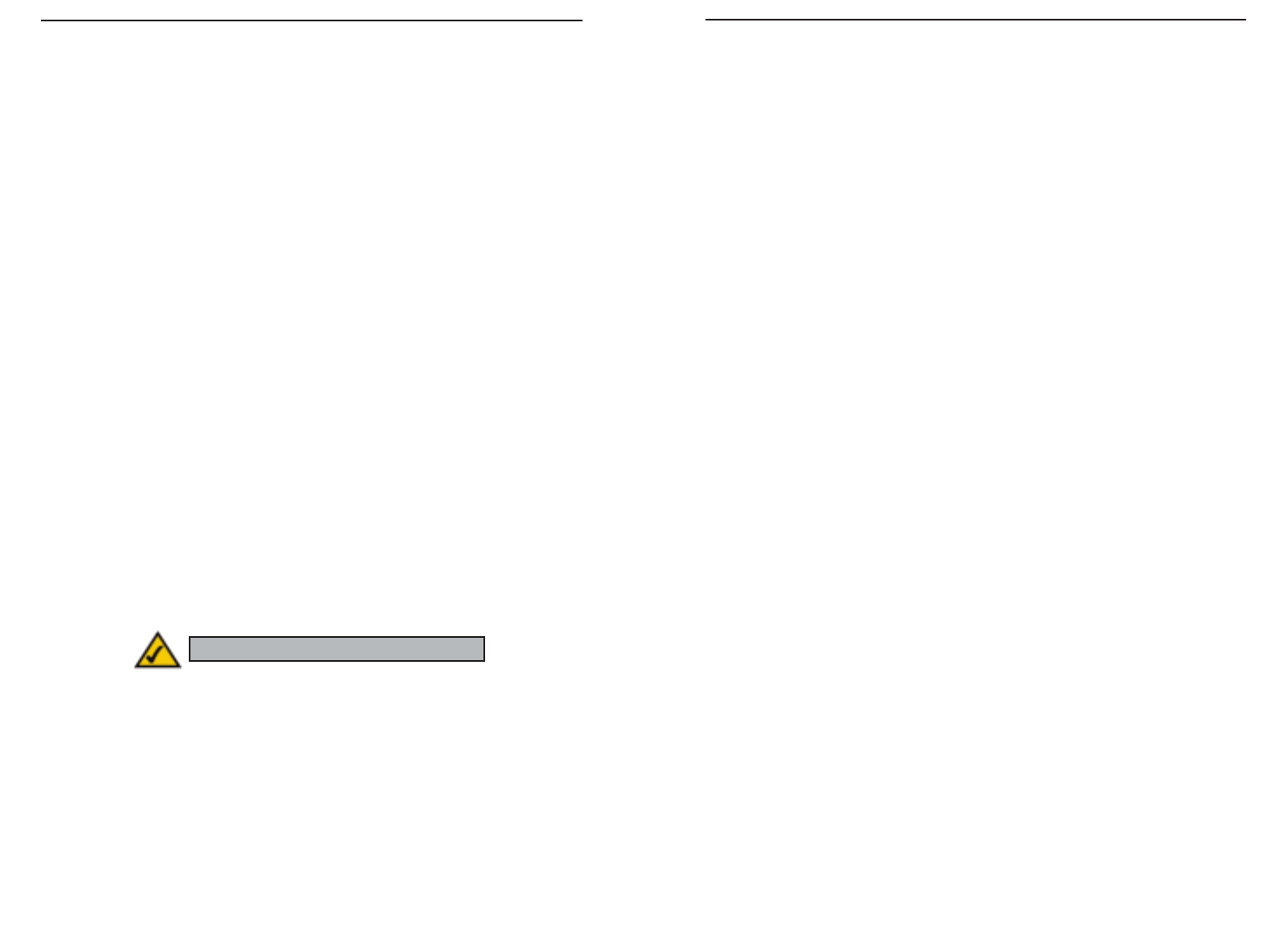
Appendix D:Glossary
AppleTalk - An Apple Computer networking system that support Apple’s pro-
prietary local talk.
Bit - A binary digit. The value—0 or 1—used in the binary numbering system.
Also, the smallest form of data.
Boot - To cause the computer to start executing instructions. Personal comput-
ers contain built-in instructions in a ROM chip that are automatically executed
on startup. These instructions search for the operating system, load it and pass
control to it.
Browser - A browser is an application program that provides a way to look at
and interact with all the information on the World Wide Web or PC. The word
“browser” seems to have originated prior to the Web as a generic term for user
interfaces that let you browse text files online.
BSS (Basic Service Set) - A group of Instant Wireless Network PC Card users
and an Access Point.
Buffer - A buffer is a shared or assigned memory area used by hardware
devices or program processes that operate at different speeds or with different
sets of priorities. The buffer allows each device or process to operate without
being held up by the other. In order for a buffer to be effective, the size of the
buffer and the algorithms for moving data into and out of the buffer need to be
considered by the buffer designer. Like a cache, a buffer is a “midpoint hold-
ing place” but exists not so much to accelerate the speed of an activity as to
support the coordination of separate activities.
Default Gateway - The routing device used to forward all traffic that is not
addressed to a station within the local subnet.
DHCP (Dynamic Host Configuration Protocol) - A protocol that lets network
administrators manage centrally and automate the assignment of Internet
Protocol (IP) addresses in an organization’s network. Using the Internet’s set of
protocol (TCP/IP), each machine that can connect to the Internet needs a
unique IP address. When an organization sets up its computer users with a con-
nection to the Internet, an IP address must be assigned to each machine.
Without DHCP, the IP address must be entered manually at each computer and,
44
EtherFast
®
Wireless-Ready USB PrintServer
Instant EtherFast
®
Series
not use it with the PrintServer—the software is most likely not network-capa-
ble. For best results, turn off the printer’s bi-directional function either by (1)
removing any bi-directional printing software from your network computers,
and/or (2) turning off the printer’s bi-directional print feature inside of the
printer’s on-board menus (if it has menus). Your printer’s user guide should be
able to provide specific instructions for doing this.
Appendix C: About the Wireless-
Ready USBPrintServer’s
Software
The PrintServer is fully compatible with Windows 95, 98, Millennium, NT,
2000, and XP.
When used with Windows, the PrintServer uses the TCP/IP protocol for net-
work communication. Each computer on your network that needs PrintServer
access will need to have the TCP/IP protocol installed. TCP/IP installation files
are included on your original Windows CD-ROM.
Please be aware that although Linksys provides instructions for the setup of the
TCP/IP protocol, these instructions are provided for reference only. Linksys
will not provide technical support for the configuration and troubleshooting of
the TCP/IP protocol. For full instructions on using TCP/IP, consult your oper-
ating system’s user guide.
43
Note: A Default Gateway is not required.



